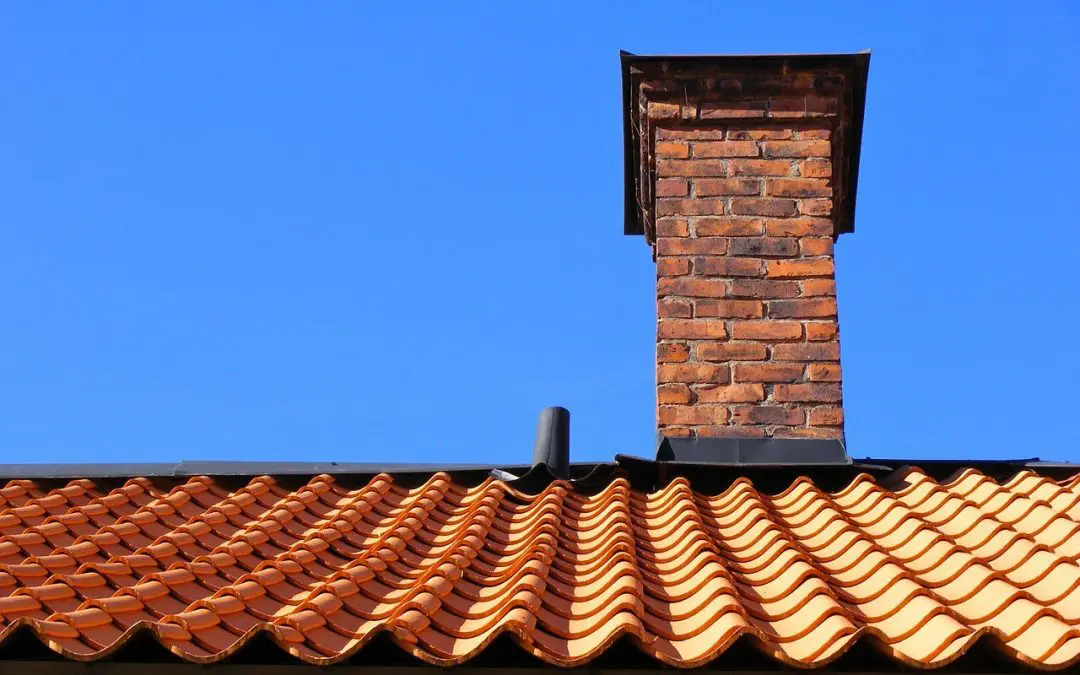Fall is the perfect time to prepare your chimney for the winter months ahead. Here are some tips to help you get started on your annual chimney maintenance.
Inspect the Chimney for Damage
One way a homeowner can do their own chimney inspection is by first assessing the chimney’s exterior. Look for any cracks or missing bricks and any vegetation growing on or around the chimney. Next, check for obstructions in the flue, such as leaves, nests, or excess creosote buildup. Inspecting the damper and fireplace for proper function and looking for any signs of smoke coming into the home is also essential.
If there are any signs of wear or damage, it is recommended to call a professional for further inspection and repairs. Regular inspections and cleanings can help prevent fires or carbon monoxide poisoning.
Schedule a Cleaning First During Chimney Maintenance
Homeowners should also schedule a professional chimney cleaning at least once a year. A certified chimney sweep will have the tools and knowledge to properly clean the flue and remove any debris or buildup. They will also check for any damage that may need to be repaired.
While most chimney sweeps will provide a detailed report of their findings, it is always a good idea for the homeowner to be present during the cleaning. This way, you can ask any questions and better understand your chimney’s condition.
Make Repairs as Needed
Once the chimney has been inspected and cleaned, any necessary repairs should be made. This may include tuckpointing the bricks, repairing the damper, or replacing the chimney cap. These repairs can help to extend the life of your chimney and prevent future problems.
If you are unsure how to make the repairs yourself, it is best to hire a professional. They will have the experience and knowledge to do the job right the first time.
Preventative Measures are Part of Chimney Maintenance
One way to help reduce the need for repairs is by taking preventative measures. Only burn seasoned, dry hardwood in your fireplace to help prevent creosote buildup and clean out the firebox promptly after each fire to keep your chimney performing smoothly.
It is also vital to close the flue when the fireplace is not in use. This will help to keep out drafts, pests, and excessive moisture. By taking these steps, you can help prolong the life of your chimney and avoid costly repairs down the road.
Chimney maintenance may seem like a lot of work, but it is essential to do it regularly. Following these tips can help keep your chimney in good working condition and prevent any significant problems from occurring.
Second Opinion Home Inspections offers inspections to customers in Door and Kewaunee counties. Contact us to request our services.

